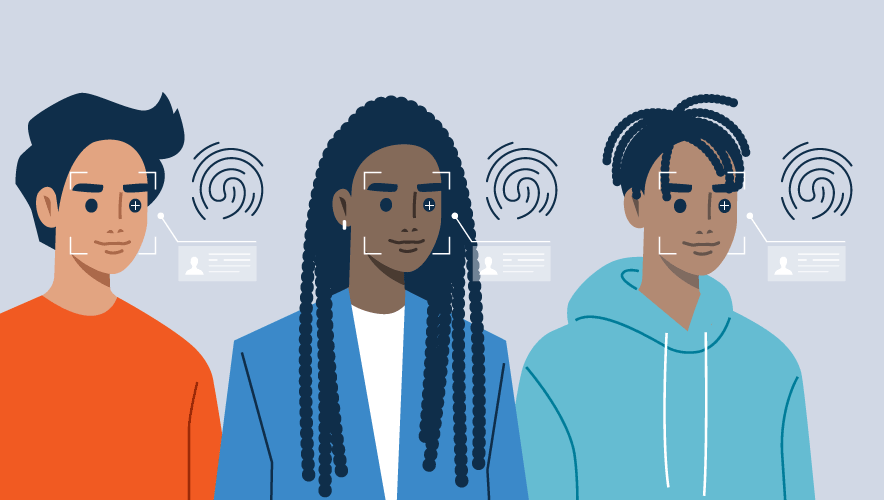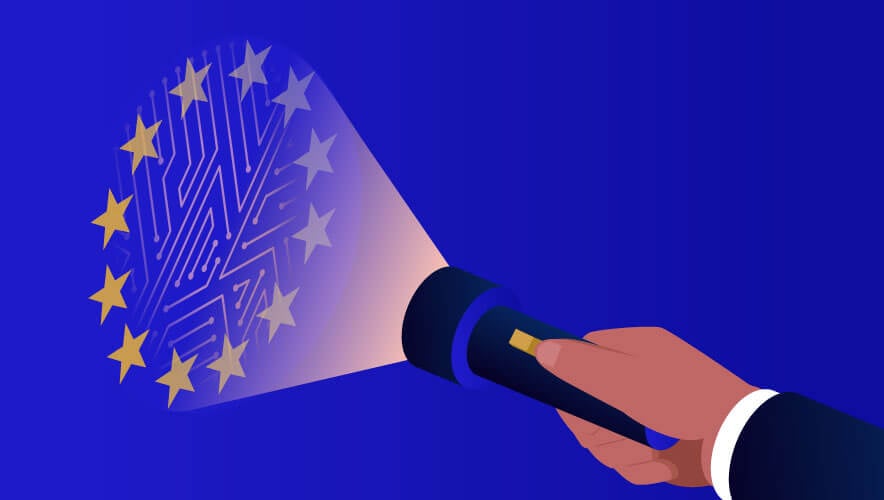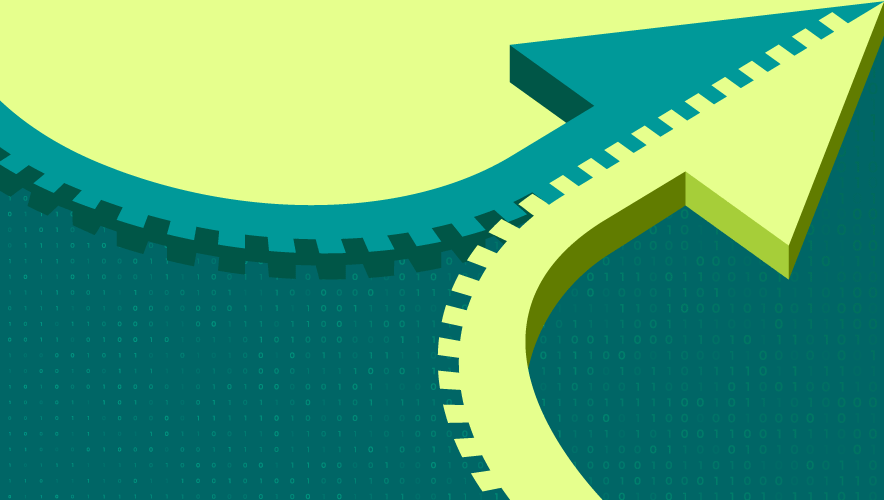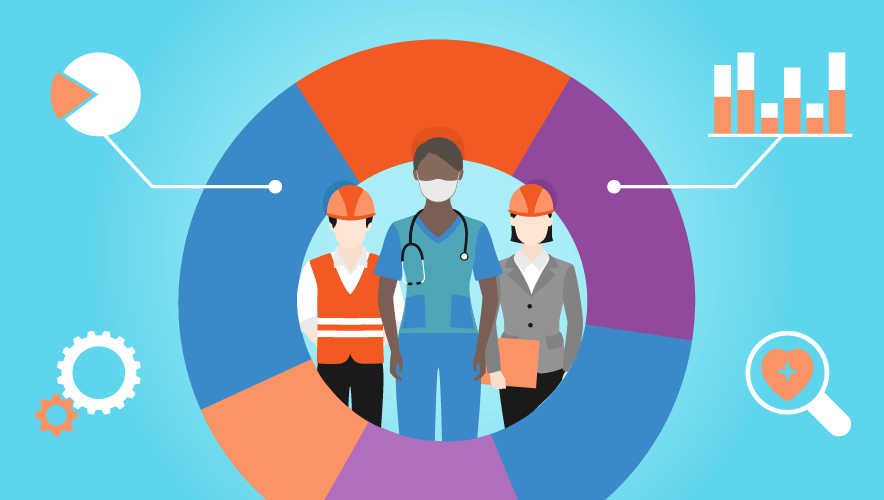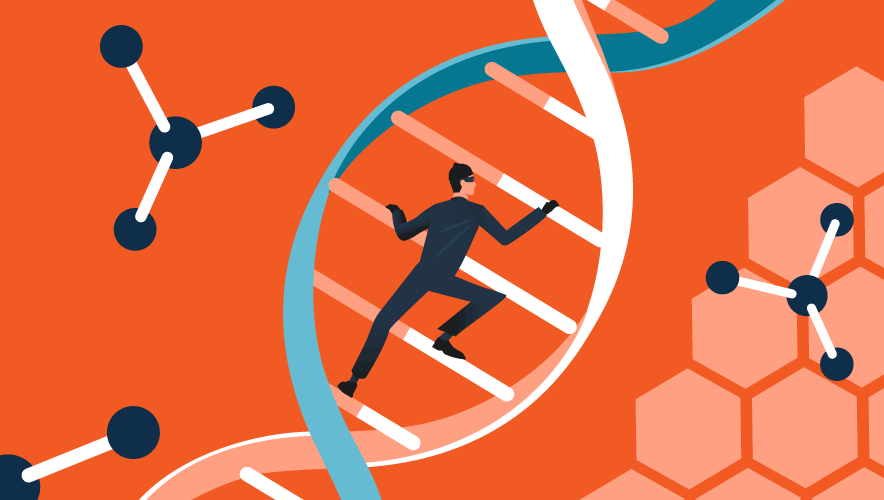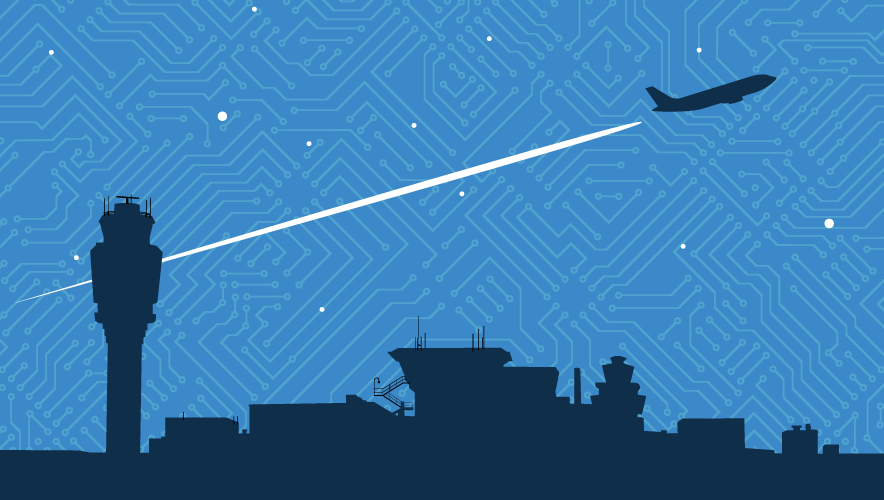How Automated Identity Verification is Reshaping Security
In a world increasingly reliant on technology, the fusion of artificial intelligence (AI) with traditional security methods is not just a leap forward—it’s a necessary evolution.
AI is rapidly transforming security practices, promising a new era where only authorized individuals gain access to sensitive areas and information. This emerging trend in AI-powered security is reshaping our approach to safeguarding our environments.
However, the true strength of this transformation lies in the harmonious blend of AI with the irreplaceable insight and judgement of human security checks. By integrating advanced digital verification with on-site manual evaluations, we’re not just creating a more robust security system; we're crafting a synergistic approach that leverages the best of both worlds.
This dual-layer strategy enhances the accuracy and efficiency of determining access rights, significantly bolstering our overall security framework.
AI-Driven Automation in Security Verifications
Ensuring secure access to premises involves a two-step verification process, focusing on both the company and the individual level.
- Company Verification. This initial step confirms the company’s legitimacy and clearance for location access. It could involve reviewing the company’s credentials, compliance with industry standards, liability insurance, and any essential certifications, such as ISO certification. This ensures that only qualified companies can operate in secure areas.
- Individual Verification. Following company clearance, its personnel is vetted. This step can include verifying personal identification, security clearances, work permits, safety trainings, and relevant background checks. It’s essential to ensure that every person accessing the site is properly identified and authorized.
Documents on both levels need to be cross-checked during the process. For example, on a company level, ensuring that all legal names match, and on an individual level, using facial recognition algorithms to confirm if the pictures correspond with each other.
The first step in verification involves collecting relevant company information, such as liability insurance, safety records, ISO certification, etc. Next, it’s crucial to gather personal documentation, etc.
Let’s illustrate with an example. A contractor is set to enter a petrochemical plant’s premises. The plant operators would send an invitation to the contractor company, requesting the necessary documents needed for compliance with the plant’s security policies. After the contractor meets those compliance requirements, individual contract workers will then provide their documentation during an onboarding process before being allowed to enter the plant.
Presently, many companies rely on manual methods for the collection and verification of these documents, leading to inefficiencies. This process often includes extensive email communication, numerous phone calls, and data scattered across various systems. This method compromises data privacy and results in long wait times, potential errors, and difficulties during audits.
This extra step reinforces the security process, ensuring that human oversight complements the automated system.
The integration of technology offers a promising solution to this problem. For instance, automated flows could be utilized to collect the required documents. Optical Character Recognition (OCR) technology converts documents into machine-encoded text for recognition and validation. After this process, AI can check the documents against necessary databases for example, reviewing the validity of the uploaded documents.
In the case of the petrochemical plant, the operators would define the necessary—and relevant documentation—needed to enter the facility. This could be an ID combined with a work permit and safety certification. The plant operator would send an invitation to the contractor to share it’s required documentation; individual contractors would then be invited by the contract company or plant operator directly to complete their registration digitally (uploading their ID, work permit, and safety certification documentation).
The OCR technology would then extract that data while all the documentation was crossmatched using machine learning. Any anomalies would be registered and flagged for review. For instance, if there’s a mismatch in the name on one of the documents, it would be flagged for a security review.
This methodical approach results in a detailed risk assessment of both the company and the individual prior to their entry onto the premises. AI systems use anomaly detection and thorough cross-checking to identify any potential flags or inconsistencies, thereby ensuring robust security measures.
Additionally, the system allows for manual review, where security personnel can see all performed checks and personally double-check any individuals or documents flagged by the software. This extra step reinforces the security process, ensuring that human oversight complements the automated system for a comprehensive security approach.
Handling High-Risk Cases
After the initial steps of checking a company and its employees digitally, attention turns to what happens on-site, particularly for those flagged as higher risk during the early checks. For example, an individual uploads identity documents that have different names on them.
In these cases, extra on-site security checks, including visual reviews of IDs, questioning, and physical screening, done by trained guards, become important. These extra steps help make sure physical security is as strong as possible, letting only those who meet strict standards onto the premises.
Integrating AI with traditional physical verification methods creates a powerful combination.
A key part of this is making sure that the on-site security checks are well-integrated with the digital records. In practice, this means the security team has a complete list of all pre-registered individuals authorized to enter the site. Upon an individual’s arrival, the security guards on duty can conduct multiple checks to verify the person before them matches up with the digital records on file.
Every step the security team takes, from the first check at the gate to more detailed follow-ups, should be recorded in the same digital system used for the earlier checks. This approach strengthens overall security and makes sure everything is in line with required rules and regulations. It also means there’s a complete record of who was checked and when, which is very useful for looking back over past actions and for making improvements in the future.
The information gathered from these on-site checks is then fed back into the digital system. By using real experiences, the AI technology used in these systems can learn and become more accurate.
Integrating AI with traditional physical verification methods creates a powerful combination, offering the speed, accuracy, and reliability essential for preventing security breaches and upholding strong protocols.
As businesses worldwide face a complex and evolving security landscape, embracing AI-driven verification systems symbolizes more than a technological upgrade. It’s a commitment to bridging the gap between digital and physical security, fostering innovation, enhancing security, and ensuring readiness for the challenges of a rapidly changing world.
Roy Jeunen, PSP, is the co-founder of NineID, a fast-growing security startup focused on increasing the security, safety, and compliance of physical access flows. Jeunen holds a Master of Science degree from the Catholic University of Leuven and a master’s in general management from Vlerick Business School. He is a seasoned public speaker and has graced prestigious events such as ASIS GSX 2022, ASIS GSX 2023, and IFMA World Workplace 2022 with his insights and expertise.
© NineID
